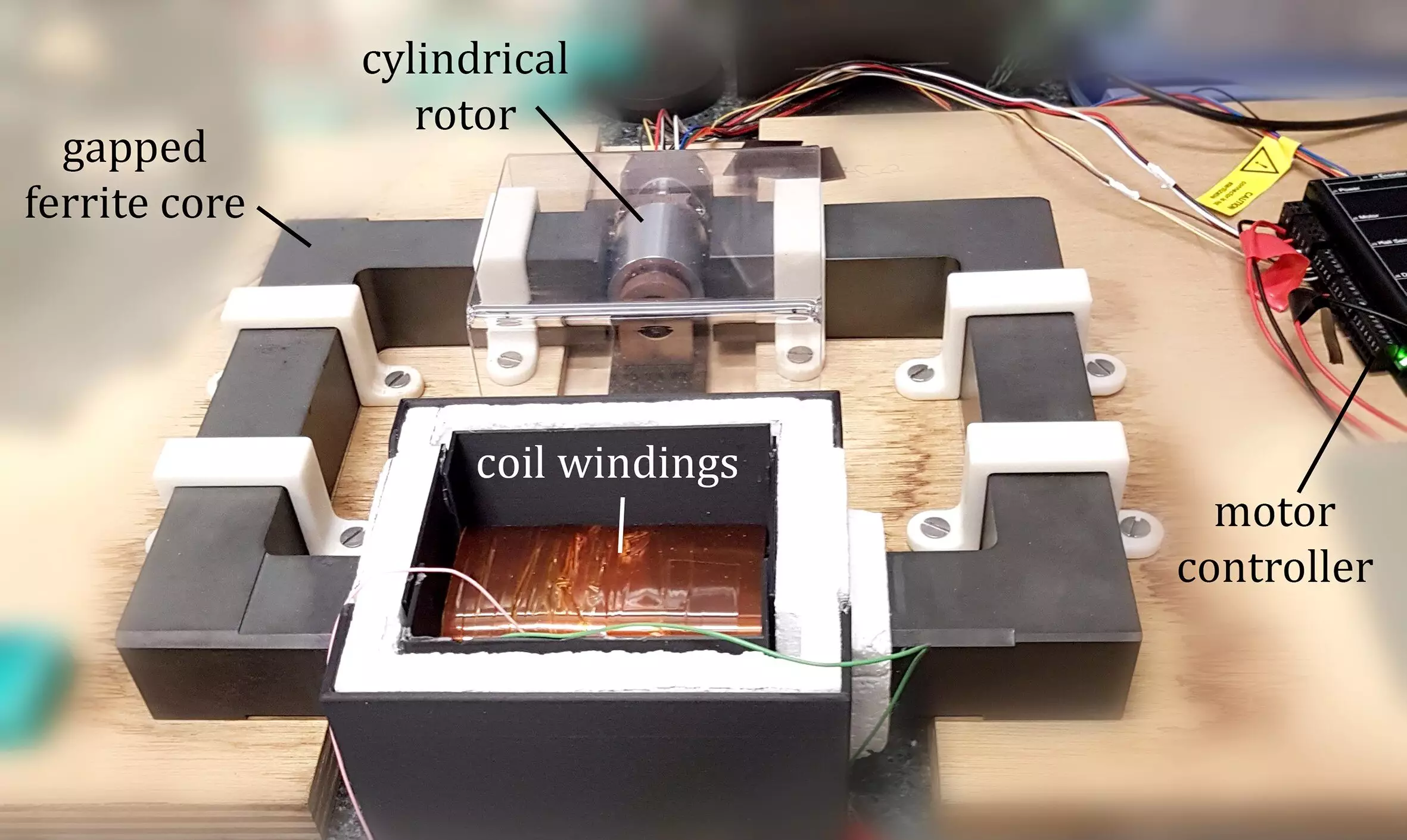In an advanced leap for applied physics, researchers at the University of Southampton have successfully validated a five-decade-old theoretical prediction known as the Zel’dovich effect, utilizing electromagnetic waves in an unprecedented manner. This groundbreaking experiment reveals the complex interplay between angular momentum and wave amplification, opening doors for both theoretical and practical advancements in various engineering fields.
The discovery brings to life the work of Yakov Zel’dovich, a Soviet physicist who first proposed this intriguing concept in the 1970s. The effect centers on how rotating objects can interact with twisted waves—waves characterized by angular momentum. Historically, scientists doubted the observability of this phenomenon in electromagnetic contexts, asserting that such interactions were merely theoretical constructs. However, the latest findings suggest otherwise, igniting interest in reevaluating the parameters within which electromagnetic waves operate.
Dr. Marion Cromb, a Research Fellow at the University of Southampton, encapsulates the core idea: rather than being absorbed as traditionally expected, twisted electromagnetic waves can indeed be amplified by an object, provided it spins rapidly enough. Specifically, the research team employed a rotating aluminum cylinder, whose angular velocity had to exceed that of the incoming radiation frequencies for the effect to manifest. This nuanced approach not only reinforces the significance of angular momentum in wave physics but also clarifies the conditions necessary for observing this remarkable effect.
To substantiate their hypothesis, the researchers orchestrated a series of tests by setting up a resonant circuit alongside a rapidly spinning metal cylinder. Their experimental design was notably straightforward, utilizing accessible technologies to achieve the desired outcomes. This simplicity contrasts with the complex theories underpinning the Zel’dovich effect, emphasizing that groundbreaking discoveries do not always require ostentatious or convoluted methodologies.
By successfully translating the theoretical framework into practical experimentation, the scientists have confirmed the existence of the effect across different physical systems—first in acoustics and now in electromagnetic phenomena. These results, published in the journal Nature Communications, represent a pivotal point in the understanding of wave dynamics and propose further exploration into quantum contexts.
Understanding the Zel’dovich effect is more intuitive when paralleled with the Doppler effect, which describes the frequency changes in waves perceived from moving sources. For instance, as a police car approaches, the compression of sound waves results in a higher pitch, while the expansion of waves upon recession generates a lower pitch. This natural phenomenon serves as a relatable analogy for comprehending how rotational dynamics can influence wave behavior.
The examination of gaps in traditional understanding is vital, as the scientists draw a connection between the rotational Doppler effect and the amplification observed through the Zel’dovich effect. By examining the negative frequency ranges that arise from rapid rotation, researchers have unearthed a fundamental aspect of wave interactions that could challenge existing paradigms in classical mechanics.
The ramifications of this discovery extend beyond theoretical physics, suggesting potential applications in fields such as electrical engineering. The amplification properties of the Zel’dovich effect may yield significant insights for improving the efficacy of devices like induction generators—critical components in wind turbines and other renewable energy technologies. By leveraging enhanced energy output through innovative designs inspired by the experiment’s findings, engineers could contribute to the burgeoning field of sustainable energy.
While the immediate observations pertain to electromagnetic waves, researchers, including project supervisor Professor Hendrik Ulbricht, eagerly anticipate future investigations into the quantum implications of the Zel’dovich effect. There lies an intriguing frontier at the intersection of electromagnetism and quantum mechanics, where the amplification of quantum vacuum states might redefine our understanding of wave phenomena at the smallest scales.
The validation of the Zel’dovich effect marks a significant milestone in contemporary physics, bridging historical theories with modern experimental tactics. It is a testament to the relentless pursuit of knowledge within the scientific community and the potential that lies in exploring long-held assumptions. As researchers continue to probe the depths of this effect, they signal a new era of understanding wave dynamics, potentially reshaping our grasp of both classical and quantum realms. The implications are as vast as the theories themselves, and only time will reveal the true extent of this groundbreaking discovery’s impact.


Leave a Reply